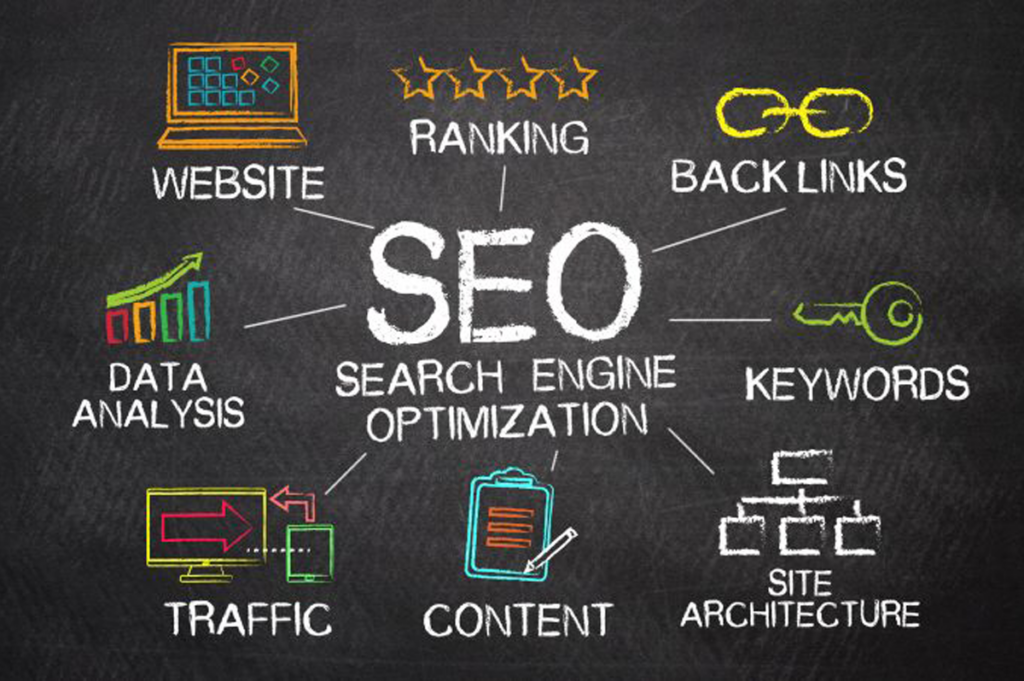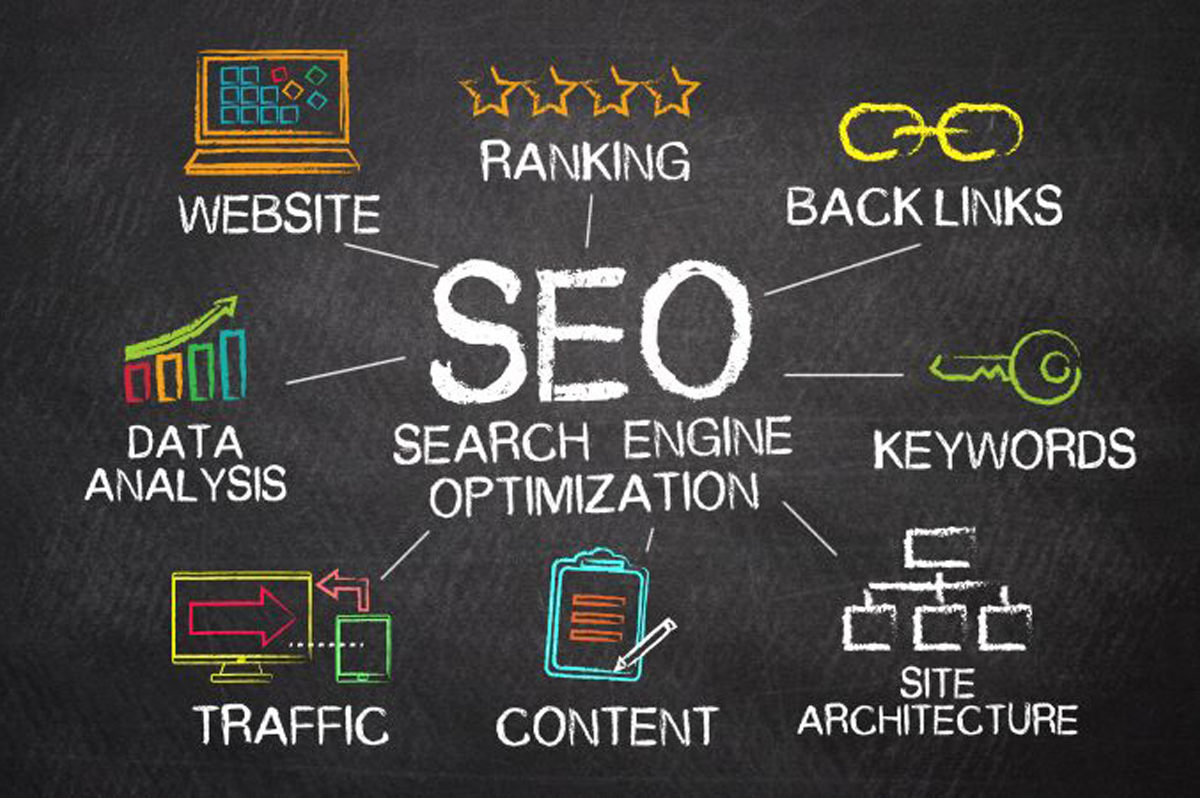
Manufacturers and professional service firms face a unique set of challenges when it comes to digital marketing. Your website is often the first point of contact with potential clients, and it’s essential to make a great first impression. But how do you get more traffic to your site, and how do you turn those visitors into leads and conversions?
The answer is through Search Engine Optimization (SEO) and digital marketing strategies. SEO is the process of optimizing your website to rank higher in search engine results pages (SERPs) for relevant keywords. Digital marketing, on the other hand, encompasses all the activities that drive traffic to your site, such as social media marketing, email marketing, and paid advertising.
In this blog post, we’ll take a step-by-step look at how manufacturers can use SEO and digital marketing to generate more leads and conversions for their business.
Step 1: Define Your Target Audience and Keywords
The first step in any digital marketing strategy is to define your target audience and the keywords they use to find your products or services. Manufacturers should identify the pain points and needs of their ideal customers and then create content that addresses those needs.
Once you have a clear understanding of your target audience, you can start researching keywords that they use to find businesses like yours. Use keyword research tools like Google Keyword Planner, SEMrush, or Ahrefs to identify high-volume, low-competition keywords that you can target.
Step 2: Optimize Your Website for SEO
Now that you have a list of keywords, it’s time to optimize your website for SEO. This includes making sure that your website is mobile-friendly, has fast loading times, and is easy to navigate. Additionally, you should optimize your website’s metadata, including your title tags, meta descriptions, and header tags, to include your target keywords.
You should also create high-quality content that targets your keywords and addresses your target audience’s pain points. This includes blog posts, case studies, white papers, and other forms of content that provide value to your potential customers.
Step 3: Build Backlinks to Your Website
Backlinks are a crucial factor in Google’s PageRank algorithm, which determines how high your website ranks in SERPs. Backlinks are links from other websites that point to your site, and they are a signal to Google that other sites consider your content to be valuable.
To build backlinks, you should reach out to other websites in your industry and ask if they would be willing to link to your content. You can also create guest posts for other websites and include links back to your site in your author bio.
Step 4: Use Social Media Marketing to Drive Traffic
Social media is an excellent way to drive traffic to your website and generate leads. Identify the social media platforms that your target audience uses and create a presence on those platforms. Share your content on social media and engage with your followers to build relationships.
Step 5: Use Email Marketing to Nurture Leads
Email marketing is an effective way to nurture leads and turn them into conversions. Create an email list of potential customers who have expressed interest in your products or services and send them regular newsletters, product updates, and other valuable content.
Step 6: Analyze and Optimize Your Results
Finally, it’s essential to analyze your results regularly and optimize your strategies based on what’s working and what’s not. Use analytics tools like Google Analytics to track your website’s traffic and engagement metrics, such as bounce rate, time on site, and conversion rate.
Conclusion
SEO and digital marketing strategies are essential for manufacturers and professional service firms who want to generate more leads and conversions for their business. By defining your target audience and keywords, optimizing your website for SEO, building backlinks, using social media marketing

